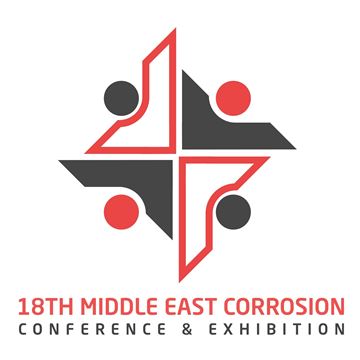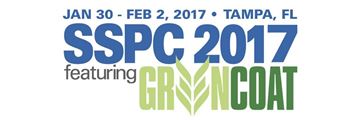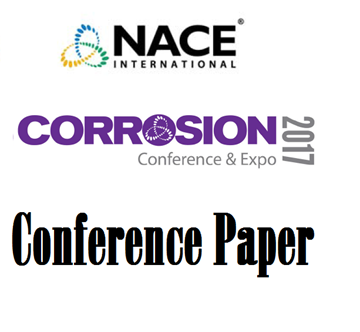Search
Individual Conference Papers
View as
Sort by
Display
per page
Substitution of Carbon Steels for Material SA-533 Type E for Lightweight Equipment
Product Number:
51319-12919-SG
Publication Date:
2019
$20.00
Success Story: The Rolling Journey of Coatings Standards (2011 – 2021)
Product Number:
MECC23-19869-SG
Publication Date:
2023
$20.00
Successful Surface Preparation of Hot-Dip Galvanized Iron & Steel and Hardware Surfaces for Painting
Product Number:
51218-121-SG
Publication Date:
2018
$20.00
Successful Application of MP-ICDA to Assess and Confirm Crude Oil Pipeline Corrosion Threats in Kuwait using ILI
Product Number:
51321-16271-SG
Publication Date:
2021
$20.00
Successful Bridge Painting in the Northeast during the Winter Months, Pros and Cons from Owner and Contractor
Product Number:
41213-805-SG
Publication Date:
2013
$20.00
Successful Mothballing And Pickling Of Pipelines And Storage Tanks
Product Number:
51321-16757-SG
Publication Date:
2021
$20.00
Successful Preservation Practices for Steel Bridge Coatings
Product Number:
51217-033-SG
Publication Date:
2017
$20.00
Successful Treatment Of A Corrosive Acetic Acid Producing Halophile That Is Averse To Culture Media
Product Number:
51321-16718-SG
Publication Date:
2021
$20.00
Successful UT Examination of a Modified Storage Tank Shell-to-Bottom Weld
Product Number:
51319-13032-SG
Publication Date:
2019
$20.00
Sucker Rod Materials - Metallurgical Quality Evaluation And Its Influence On General Corrosion Resistance
Product Number:
51321-16733-SG
Publication Date:
2021
$20.00
Sulfidation Corrosion of Alloy 800HT Coker Furnace Tubes
Product Number:
51319-13038-SG
Publication Date:
2019
$20.00
Sulfide Stress Cracking Fracture Toughness of 125 ksi Grade in Mild Sour Service Conditions
Product Number:
51317--9112-SG
ISBN:
9112 2017 CP
Publication Date:
2017
$20.00












